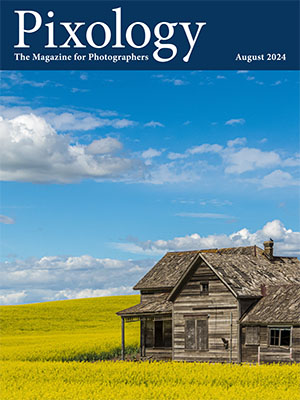Today’s Question: After reading your recommendations to have a cloud backup of my photos I looked into Backblaze, but I’m confused how you’re able to use it. Do I need to move my photo files from my external drive to the internal hard drive my computer to back up with Backblaze?
Tim’s Quick Answer: You can back up both internal and external hard drives to the cloud using Backblaze (https://timgrey.me/cloudbackup), with no need to copy photos or other files to an internal hard drive.
More Detail: Backblaze (https://timgrey.me/cloudbackup) is the service I use and recommend for backing up photos and other important files to the cloud, which provides an offsite backup that is an excellent and potentially important supplement to local backups.
By default, Backblaze will only back up the internal hard drive on the computer you install the software on. However, you can most certainly add external hard drives to the Backblaze backup.
In the Preferences dialog for Backblaze there is a Settings button you can click to bring up an additional dialog. On the Settings tab for that dialog, you’ll see a section labeled “Select Hard Drives to Backup”. All drives that are currently connected to your computer will be shown on that list, and you can simply turn on the checkbox for each drive you’d like to back up with Backblaze.
Keep in mind that it can take considerable time for the initial backup to complete for a hard drive you enabled for backup. In the case of a 4TB hard drive on my high-speed internet connection, for example, it took about two weeks for the initial backup to complete. After that, however, the backups will stay updated with very little delay.
It is also important to note that by default backups will only be retained as long as you don’t leave an external hard drive disconnected for more than 30 days. You can extend this limit to one year by upgrading to the Version History option, which is only an additional $2 per month for the one-year option.
You can learn more about the Backblaze online backup service here:


